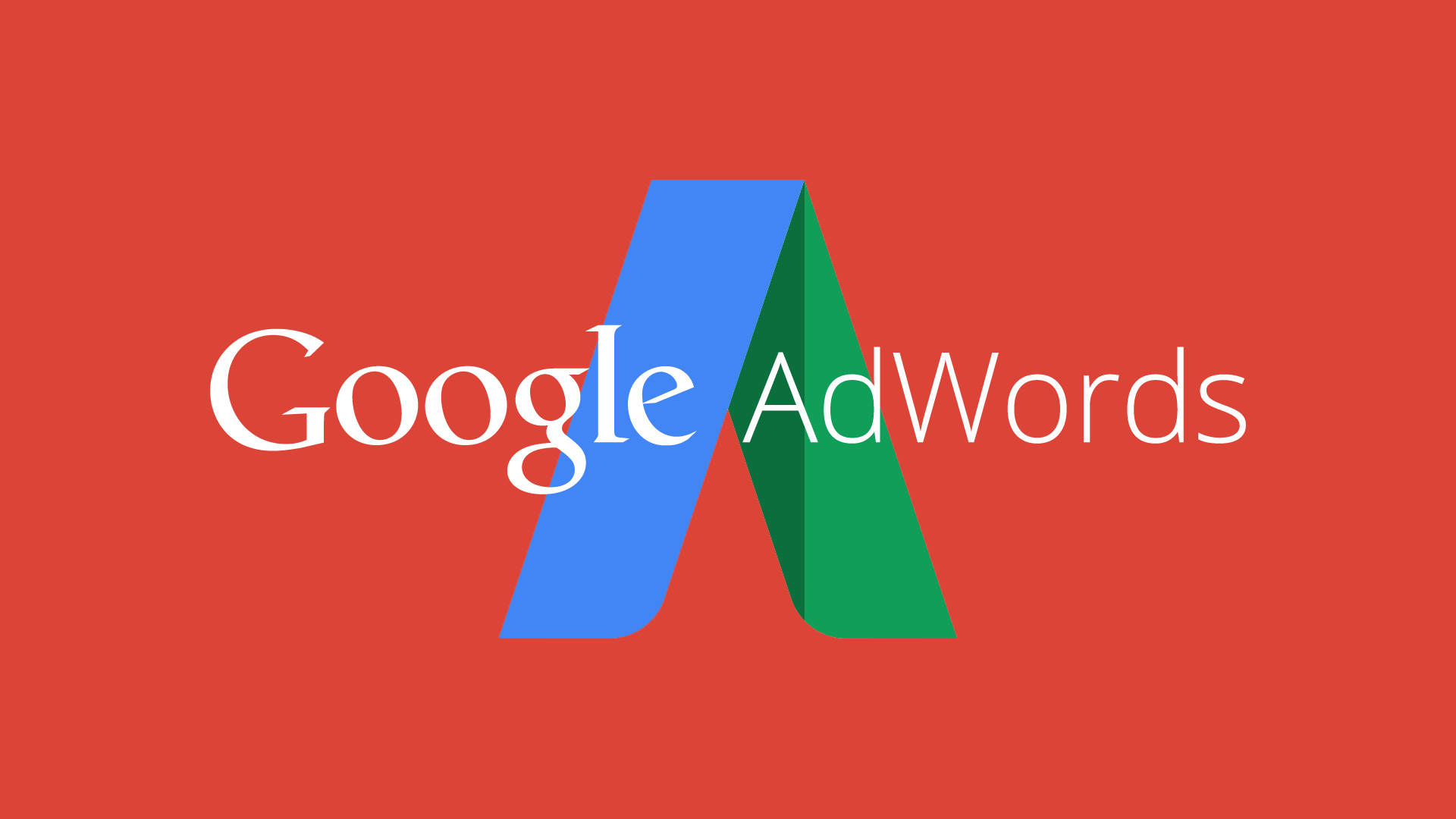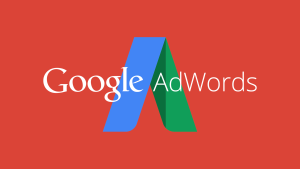
What causes some Google ADS to appear on TOP & types of adword formats
A successful digital marketing campaign brings together multiple applications, websites, advertising channels and platforms based on the “Goals” and expectations of a brand or an organization.
Many times, brand owners or marketing professionals, do ignore the value of “paid advertising” as part of these campaigns simply because they find it difficult to understand “how they actually work”.
I have put together some basic points about Google Adwords to start with.
NOTE: This is not a sponsored post for Google adwords. I am sharing this as an insight and hopefully in a precise manner to share some core details and information about this tool and few of its processes with all of you.
AdWords is a great online advertising tool for brands to reach ‘target customers’ for their brand goals.
You can use AdWords to show ads on Google’s advertising networks –
- The Google Search Network
- The Google Display Network
What does Search Network do:
As the name itself suggests, this type of ads are useful if you have quick offers, or if you want to reach users “searching for you, especially in real-time” for eg. quick car services, home appliances repairs, florists, food home delivery etc, but then again, it would depend on what your brand goals are.
It includes Google Search, other Google sites such as shopping, non-Google search partner websites, shopping with ads that are matched to users search results.
Using Search network ads users can:
- Show their text ads next to Google search results (Get a higher page ranking display with these ads for specific keywords and links on their website)
- Get top visibility to prospects searching for specific keywords
What does Display Network do:
Do you recall those video ads on YouTube which appear while you are watching something, well, that would be an example of Google Display Network.
The Display Network basically includes Google websites, Google partner sites, mobile sites and Apps which show AdWords ads that are ‘matched to the content’ on a particular page of that website.
These type of ads are very useful if your goals are to:
- Increase branding with a larger audience base with broad interests
- Increase video or image views or your brand message across specific topics and specific group of customers or prospects
- If you have rich media like images, videos etc
Types of AD FORMATS:
- Types of Search ad formats
- Text ads: Made up of headline, display URL (website address) and a description of your ad.
Eg. “20% off on Books – www.xyz.com – Get the best deals on latest books as ebooks and paperbacks. For limited time only”. Its very important to use relevant text, in proper text display format for eg. 20% OFF FOR LIMITED TIME ONLY will be a disqualifier from Google.
- Extension ADS: These are my personal favorite ad type formats. It let’s you do so much more with specific set of instructions. They add visual enhancements to your search ads and help you to display information like:
- Phone number
- Location
- Links to other sites like Reviews etc
Where can you make use of these extensions?
For eg. You have customers who would still rather pick up the phone and call you than click and fill up a form. Using Call extensions with a Cost per click (CPC) model with call to action (CTA) with a phone number will allow users searching on their mobile phone to “reach you directly on your CONTACT NUMBER with a single click on that add.”
Types of Display ad formats:
- Text ads – Text, links and descriptions
- Image ads – Use rich images
- Rich media ads – Animated ads
- Video ads – Use Videos from YouTube for a larger push over a controlled channel using your own videos and content.
What causes some ADS to appear on TOP?
Many of us feel the answer to this would be, ‘bid more and you will automatically appear on top of the ads – WRONG!’
Did you know that higher ‘quality of ads’ can not only lead to lower prices for your ad bids but also better ad positions.
Here are just some of the many factors that determines QUALITY OF ADS:
- Expected click-through rate (CTR)
- Ad relevance
- Landing page experience
- Higher CTR shows more people have clicked on your ads.
- Ad relevance decides whether what you have advertised matches the content of your final landing page. For eg. if your ad says, get 50% off on PARIS tour using code PAR50 and when you click, you find an ad for London with some other code, that is an example of poor or low ad relevance.
- Even landing page experience decides your ad quality. For eg. A good landing page will include relevant information that users who have read the ad would find useful on that page and will not require them to go searching once they land there. It will include a quick and simple call to action for eg. a call button or a form page and have information that is structured and relevant to the ad originally displayed.
Each keyword gets a Quality Score on a scale from 1 to 10, where 1 is the lowest score and 10 is the highest.
The more relevant your ads and landing pages are to the user, the more likely it is that you’ll have a higher Quality Score and benefit from having higher quality components of your Ad Rank, such as a higher ad position or lower cost-per-click (CPC).
“Did you know that, even if your competitor has bid for a higher ad cost than yours for a keyword, your ad could be still displayed at a higher ad position for that lower price by using highly relevant keywords, ads and the right set of ad extensions.”
Some quick terms and what they can do for your ADS:
- Cost-per-click (CPC): If you want to focus on clicks on your ads and drive traffic to your website
- Cost-per-thousand impressions (CPM): If you want to focus on impressions, i.e. the number of times your ad shows. It helps in increasing the awareness of your brand (CPM bidding can be used in Display Network campaigns only)
- Cost-per-acquisition (CPA): One of my personal favorites: As the name itself suggests, if you want to focus on sales, leads and conversions, CPA could be a great ad.
You can further categorize your ADS by campaign types:
“Standard” or “All features”
- Standard: For setting up your ads quickly.
- All features: Useful if you are a little familiar with Google Adwords as it lets you play around and customize with several more features.
More sub-types:
- Remarketing: If you want to focus on visitors who have already visited your website. This ad drops a cookie on the users device which stays relevant for 30 days during which he or she will keep seeing the same ad across multiple sites. For eg. have you ever noticed, irrespective of which site you are browsing, you could see the pictures of probably the books or clothes or shoes that you were browsing from another ecommerce shopping site. Well, that’s remarketing for you!
- Ads in mobile apps: Reach the growing audience of people using mobile phones and tablets by showing your ads in apps. Your ads will get matched to apps through the Display Network.
Well, there is so much more one can do when it comes to using adwords, we will look into them soon!
Have a wonderful connect ahead.
Feel free to share your queries and or comments or feedback if any.
Disclaimer: Each ad needs to be decided, designed and made live only after understanding aspects like google analytics of your website view, goals, duration and budget from your organization etc. This post is not in association with Google or Google adwords and should not be considered as a STANDARD rule to create any and all type of Google Ads.
Did you know, my award winning Digital agency, Techdivine Creative Services, spends anywhere between 3-5 days understanding your website, going through and setting up your Google analytics metrics and reports before creating any ad for you.
Feel free to reach me for queries or DM me for any information or email me at – ananthv@techdivine.com
My Digital Marketing COURSE Online – My Social Media Book
Be Well
Let’s Connect – Twitter – Facebook – LinkedIn
This post originally appeared on – LinkedIn: Google ads and how do they work
Recent Popular Posts
- Using Famous Logos to explain branding – Vimeo VIDEO
- Do you have an interesting blog: We would like to know about it
- The NEW Google LOGO is here



